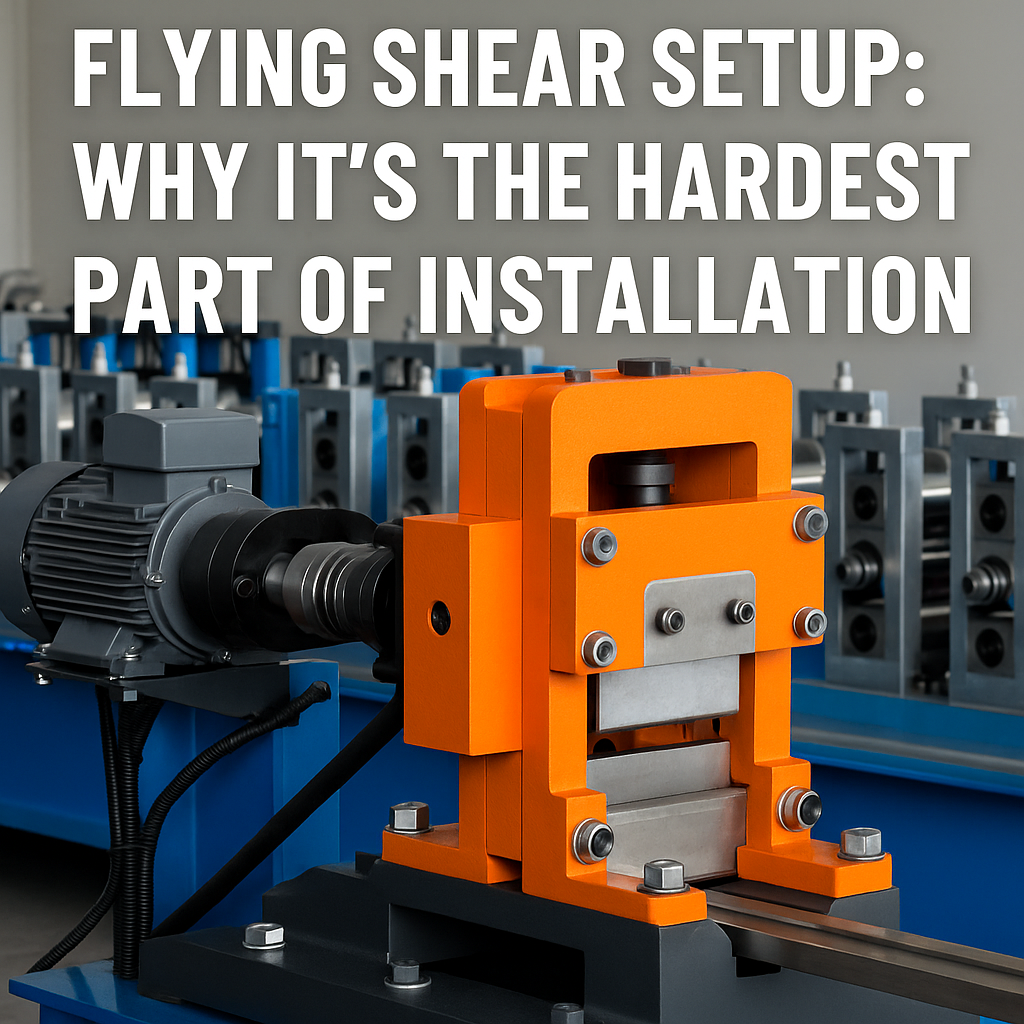
Posted on Saturday, October 12, 2024
As Argentina strives for sustainable development in its construction industry, roll forming machines play a crucial role in promoting eco-friendly building practices. These machines are essential for producing a variety of metal components that are not only durable but also contribute to energy efficiency and sustainability.
One of the most significant advantages of roll forming is its ability to work with recyclable materials, primarily steel and aluminum. These metals are abundant and can be sourced from recycled content, reducing the need for virgin resources. By utilizing recycled materials, manufacturers can minimize waste and energy consumption associated with extracting and processing raw materials. This aligns with Argentina's goals to promote recycling and reduce landfill waste.
Roll forming machines facilitate the production of lightweight yet strong metal components that enhance energy efficiency in buildings. For example, roll-formed metal panels and framing systems provide superior insulation properties, reducing energy consumption for heating and cooling. Buildings constructed with these components can achieve better thermal performance, leading to lower utility bills and reduced carbon footprints.
The precision and customization capabilities of roll forming technology make it ideal for modular construction, which is gaining traction in Argentina. Modular building techniques enable faster assembly of structures while minimizing material waste. Roll forming machines can produce components that fit seamlessly together, reducing construction time and labor costs. This efficiency is critical for sustainable practices, allowing for quicker project completion and reduced environmental impact.
Sustainability in construction also hinges on the durability of materials used. Roll-formed components, such as roofing and siding panels, are designed to withstand harsh weather conditions, ensuring that buildings last longer and require less maintenance. The long lifespan of these materials contributes to sustainable building practices by reducing the frequency of repairs or replacements, ultimately conserving resources.
Roll forming processes generate minimal waste compared to traditional manufacturing methods. The ability to create precise shapes and profiles means that less material is wasted during production. Additionally, any scrap generated during the roll forming process can often be recycled and reused, further enhancing the sustainability of the operation.
Encouraging local production of roll-formed materials supports Argentina's economy and reduces the carbon footprint associated with transporting materials over long distances. By investing in domestic roll forming capabilities, Argentina can foster a sustainable construction industry that prioritizes local resources and labor, leading to a more resilient economy.
Roll forming machines are instrumental in advancing sustainable building solutions in Argentina. Their ability to utilize recyclable materials, produce energy-efficient designs, and minimize waste aligns with the country’s commitment to eco-friendly construction practices. As Argentina continues to focus on sustainable development, the roll forming industry will play a vital role in shaping a greener future for its built environment.

Flying Shear Setup: Why It’s the Hardest Part of Roll Forming Machine Installation
Posted on Monday, November 24, 2025
If you want a header image, meta description, or series continuation, just tell me.

Why Proper Roll Forming Machine Setup Determines Your Production Quality
Posted on Monday, November 24, 2025
The #1 factor that decides accuracy, scrap rate, speed, and consistency.

Compliance & Safety Services for Roll Forming Machines — Full Guide
Posted on Sunday, November 23, 2025
How Machine Matcher keeps your machines safe, legal, and fully compliant with CE, UL, and UKCA standards.

Machine Health Monitoring for Roll Forming Machines — Complete Diagnostic Service Guide
Posted on Sunday, November 23, 2025
Continuous diagnostics that prevent breakdowns, reduce downtime, and extend machine life.
Copyright 2025 © Machine Matcher.